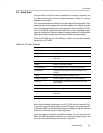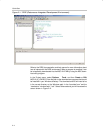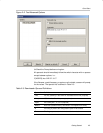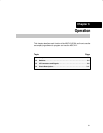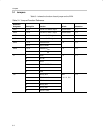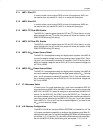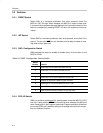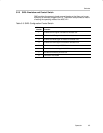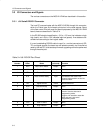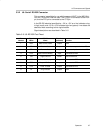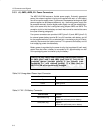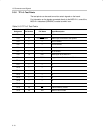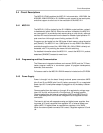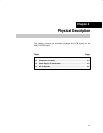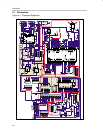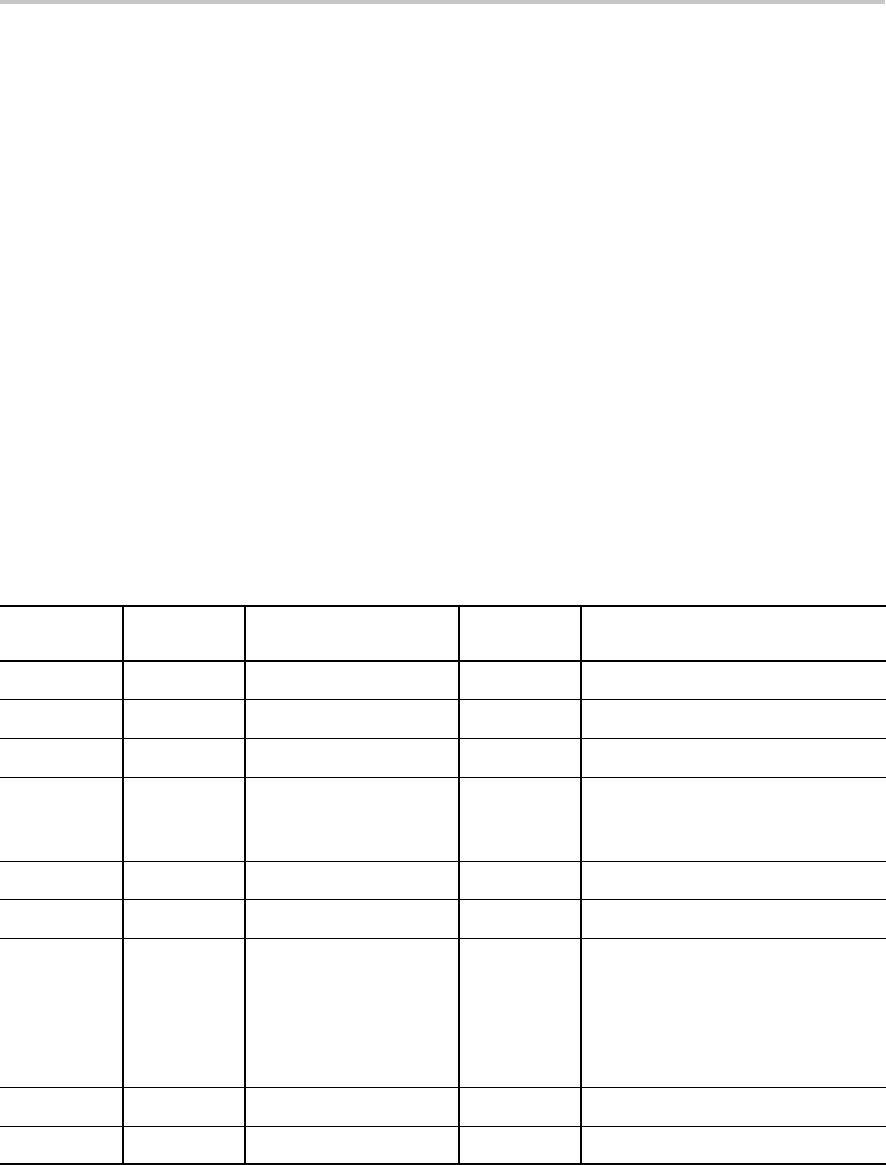
I/O Connectors and Signals
3-6
3.3 I/O Connectors and Signals
The various connectors on the MSC1211EVM are described in this section.
3.3.1 J8: Serial0 RS-232 Connector
The host PC communicates with the MSC1211EVM through this connector,
which is a D-shell type, 9-pin female, pinned out in the usual manner. Some
of the flow control lines are used for special purposes by the MSC1211EVM
board; these are described in Table 3–4.
In the RS-232 electrical specification, –5V to –15V on a line indicates a logic
high (mark), and +5V to +15V indicates logic low (space). Line states are de-
scribed here according to their logical states.
If a non-handshaking RS-232 cable is used (i.e., one that connects only RD,
TD, and signal ground), the board can still operate normally, but it cannot be
reset by the host PC, and bootstrap firmware upgrading cannot be performed
through the serial port.
Table 3–4.J8: RS-232 Port Pinout
Pin
Number
Signal
Name
RS-232
Name
Direction
(at board)
Function
1 DCD Data Carrier Detect Output None
2 RD Receive Data Output Serial data output to the host PC
3 TD Transmit Data Input Serial data input from the host PC
4 DTR Data Terminal Ready Input Connected to the reset circuit.
A low-to-high transition on this line
resets the MCU.
5 SG Signal Ground Power Ground reference
6 DSR Data Set Ready Output None
7 RTS Request To Send Input Connected to PROG LOAD
function. Used to enter serial
programming mode.
A high-to-low transition resets the
MCU and puts it into serial
programming mode.
8 CTS Clear To Send Output None
9 RI Ring Indicator Output None



